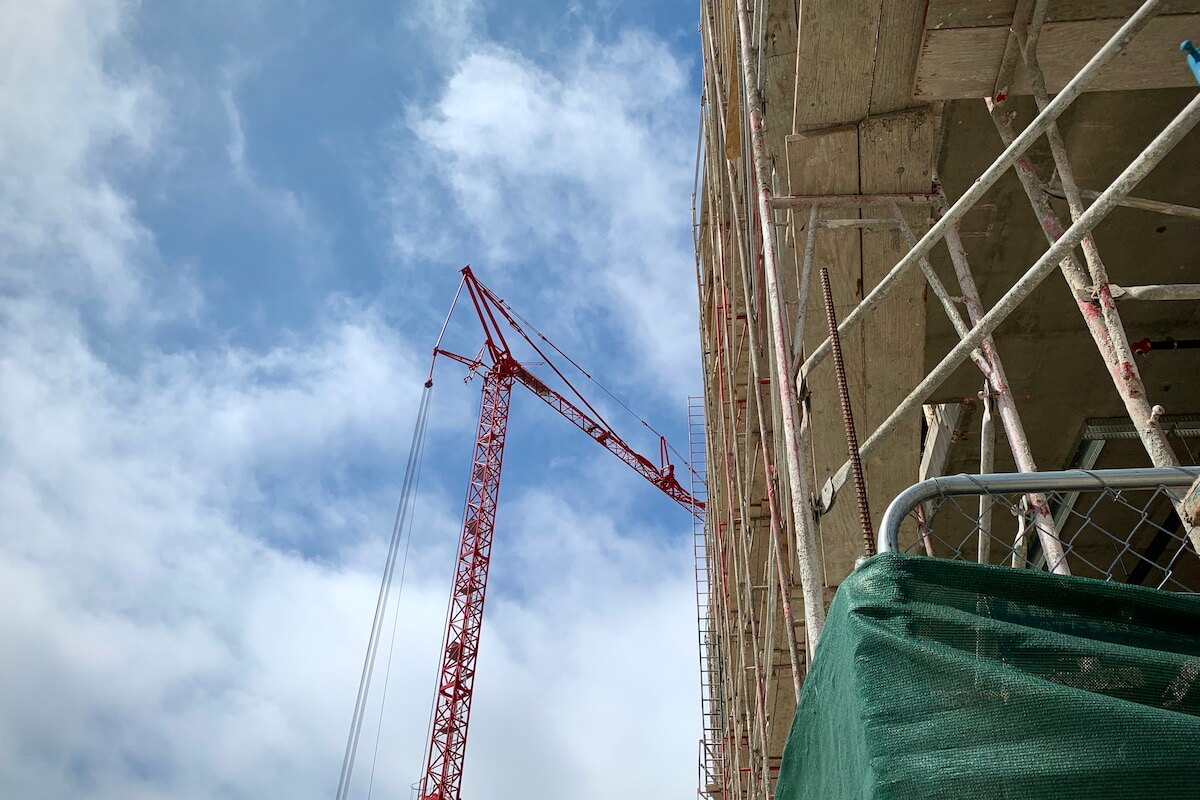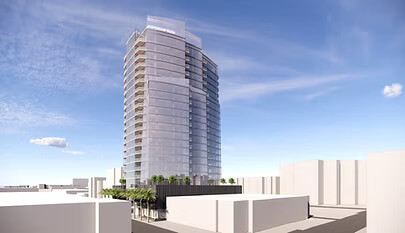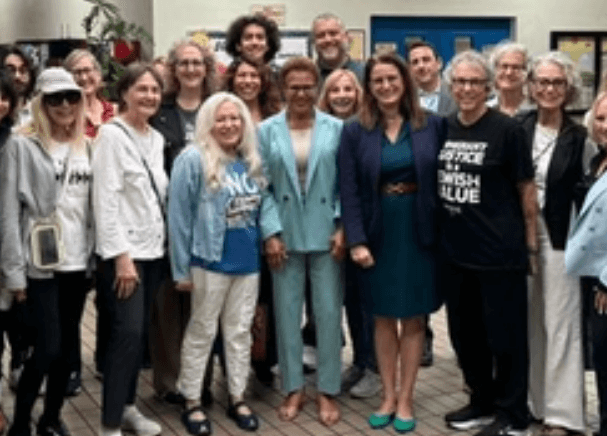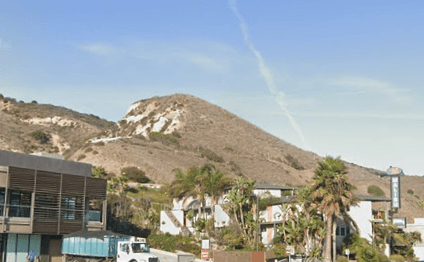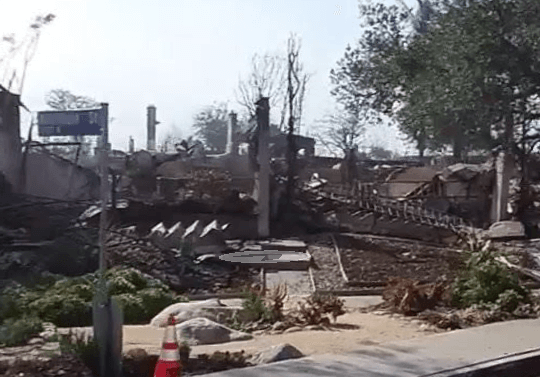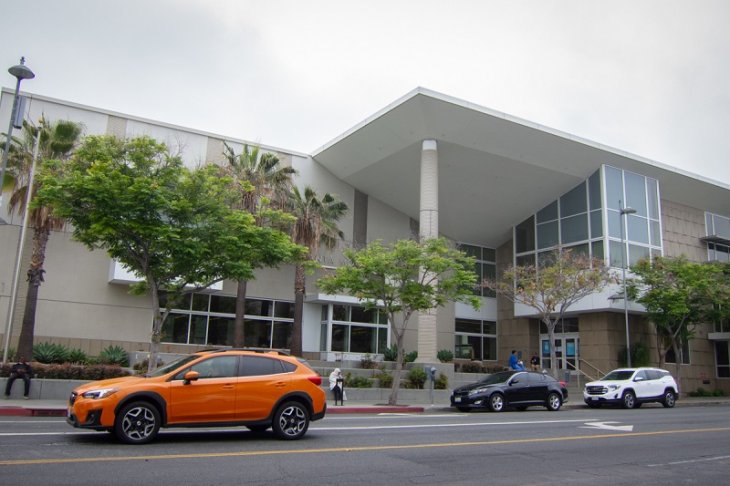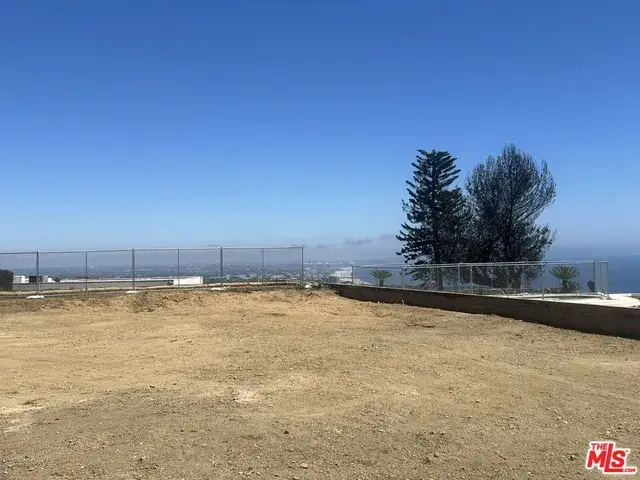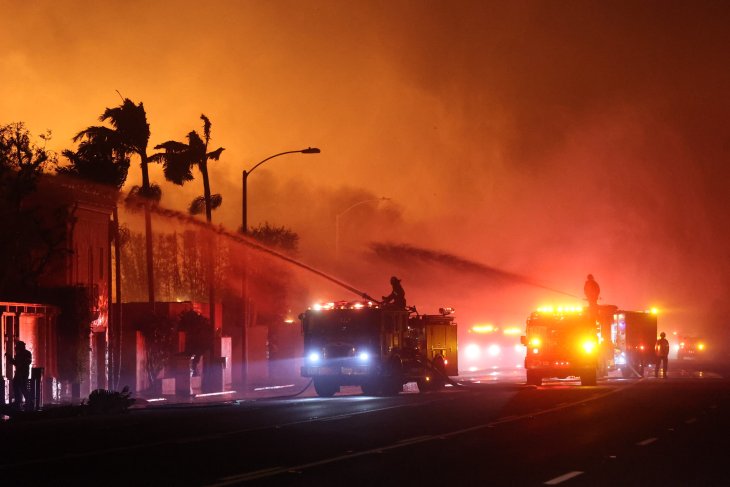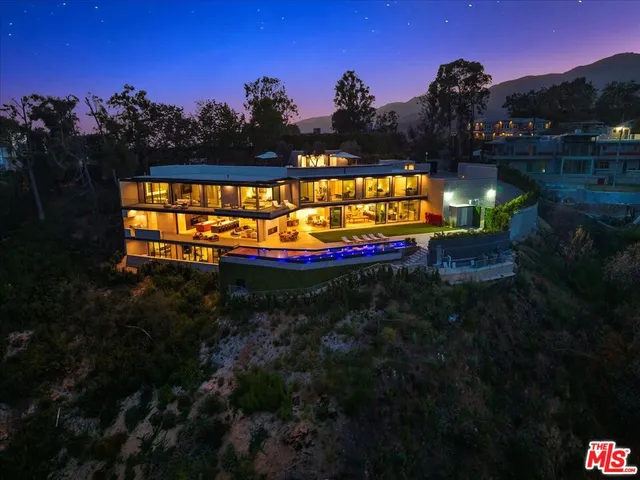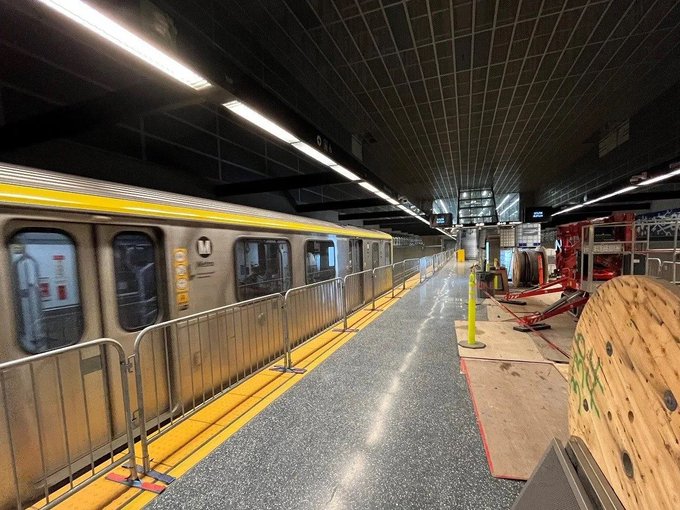By Tom Elias
More than a year after it took effect, the landmark housing density law known as SB 9 has drawn many derogatory labels: a usurper of local powers, a neighborhood wrecker, a destroyer of dreams, and more. But the most accurate epithet for it today is something much simpler. So far, it’s a flop.
SB 9, sponsored by San Diego’s Democratic state Sen. Toni Atkins, was intended to help solve the California housing shortage by encouraging owners of current single-family homes to divide their lots in two, with each half eligible for a duplex and an additional dwelling unit, often known as an ADU.
So six housing units are now authorized almost automatically on most single-family properties in this state. The SB 9 sponsors believed when it passed in the fall of 2020 that this would create enormous financial incentives for current homeowners to sell to developers.
After all, a new cottage industry had arisen since permitting of ADUs, also known as “granny units,” became virtually automatic in January 2020, with almost all new homes featuring them and many existing homeowners buying and renting out prefabricated units.
But enthusiasm for the kind of density SB 9 intended to create has not come close to matching the homeowner and developer interest in building ADUs. A report early this year from UC Berkeley’s consistently pro-density Terner Center for Housing Innovation described the law’s impact so far as “limited or nonexistent.”
The failure so far of this law may comfort some homeowners interested in maintaining their roomy lifestyles and the character of their neighborhoods, but the conditions causing it may not be permanent.
For one thing, nothing in SB 9 compels anyone to build as much as a single affordable unit, or any units designated for low-income residents.
With both median home prices and the cost of building a single one-bedroom unit in California both hovering above $800,000, it’s difficult to see how creating bunches of duplexes will be much help to families who currently don’t own homes and thus have not built up many tens of thousands of dollars in equity.
The contrast with building large apartment or condominium complexes is sharp: They must include at least some affordable units. They also can get a “density bonus” allowing them to create more units if they provide more than the required percentage of affordable or low-income ones.
So the market for new duplexes is not hot today, especially in a time of dropping population. Then there’s the matter of financing: Interest on home and construction loans is higher today than almost any time in the last 20 years, as the Federal Reserve Board keeps upping interest rates to stem inflation.
That depresses both home prices and sales everywhere in the nation, including California, and makes it difficult for developers to fund new projects.
There’s also a shortage of construction workers, similar to the dearth of workers that has seen “help wanted” signs appear in thousands of restaurant and store windows.
All these conditions might be temporary, possibly changing considerably as inflation slows.
But there’s also the matter of reluctance by current homeowners to carve up their properties or sell out and move elsewhere.
The steady rise of California property values over the 14 years since the Great Recession – until it halted or slowed in mid-2021 – has left huge numbers of longtime homeowners flush with equity, sometimes mounting into the millions of dollars.
If they access some of that resource via refinancing or reverse mortgages, a lot of the financial incentive for creating six homes out of one can disappear.
All of which means SB 9 does not figure to become a major housing factor anytime soon.
This has caused its onetime enthusiastic backers to deny they ever saw it as a major part of the solution. One example is Atkins, the state Senate’s president then and now. She told a reporter SB 9 “was never intended to be an overnight fix to our housing shortage…it was intended to increase the housing supply over time.”
It still may do that someday, but reality right now is that SB 9 has not amounted to much.
Email Thomas Elias at tdelias@aol.com. His book, “The Burzynski Breakthrough: The Most Promising Cancer Treatment and the Government’s Campaign to Squelch It,” is now available in a soft cover fourth edition. For more Elias columns, visit www.californiafocus.net.

